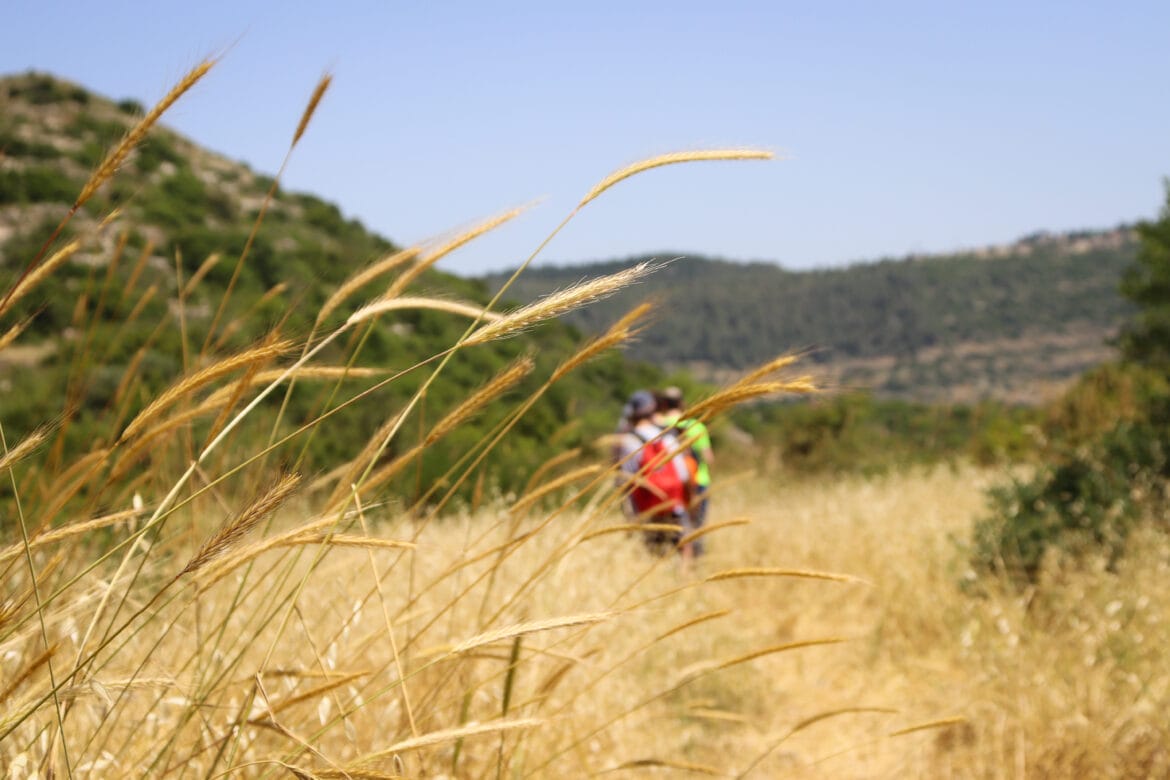
by guest author, Barry Lynn
Over the years, I’ve gotten plenty of nature related questions, and some are about the weather. The most common is this one: why doesn’t it rain in Israel in the summertime?
Here to answer all of our weather-related question is Barry Lynn, a scientist at the Hebrew University Institute of the Earth Sciences. In this guest post, he explains how the conditions of the Indian Monsoon season lead to the dry summers in Israel.
Due to an overly active Monsoon season, last fall was particularly dry. But cloudy days are coming up ahead. Here’s the lowdown on the weather from our local expert:
For the moment, the heat of summer has passed us by. True, the end of September can be, from year to year, very hot, but looking out my window today shows a completely different picture. There are clouds more typical of October, but it’s just after the New Year when Rosh Hashanah came as early as ever…
Our Fall weather is not like our summer weather. In summer, our weather results from a combination of two factors. The first factor is relatively cool northwesterly breezes associated with the Persian Trough, which sits over Turkey and the eastern Mediterranean.
The Persian Trough is an extension of the Indian Monsoon circulation, which leads us to our second factor: 2) The intense thunderstorms associated with the Monsoon lead to subsidence on its western side — meaning that temperatures at higher levels warm relatively to temperatures at lower levels. The result is that any clouds that form within the daytime sea breeze or nighttime land breeze are unable to grow high enough to condense enough moisture into rain.
Last year (Fall 2020), the Indian Monsoon was unusually active into November, which gave us a couple months of dry Fall weather. This year, temperatures at higher levels are already lowering, and those wannabe clouds have become tall enough already to produce some light showers across the land.
When we look at the global ensemble forecasts, most are indicating that our relatively cool weather will persist into late September. With the cool weather, we see the greatest chance of rain in the next couple of weeks about the time of Yom Kippur (September 15, 16). At this time, a trough of low pressure should arrive from the northwest. Temperatures are predicted to cool in the middle and upper levels of the atmosphere, as humidity rises as well. The result should be some early Fall season showers, with rain amounts generally light throughout the period.
Another cool period should arrive for the intermediate days of Sukkot.
Looking into October and November, our seasonal weather consultant suggests that rainfall amounts will be larger than normal, but so will dry periods. This means relatively warm weather punctuated by some heavy downpours.

Barry Lynn is a senior lecturer in the Department of Earth Sciences, the Hebrew University of Jerusalem at Givat Ram. He is also Chief Science Officer and founder of Weather It Is, LTD.
Check out his amazing website to view the latest weather reports from all over Israel!



